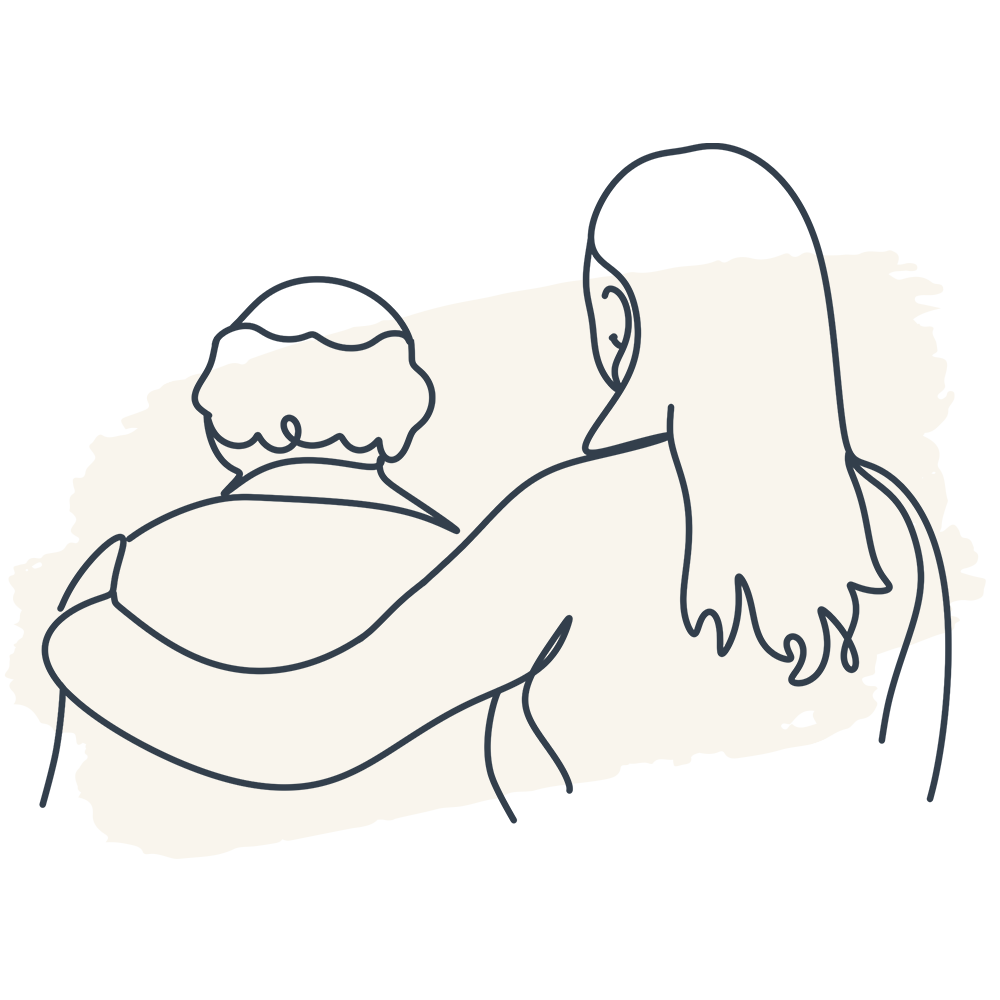Medically Reviewed by: Dr Jackie Gray, Public Health Expert and Retired GP
(Carents Trusted Reviewer Programme – Last reviewed July 2025)
Understanding Charles Bonnet Syndrome
Charles Bonnet Syndrome (CBS) is a condition that can develop in people with significant sight loss, leading to silent visual hallucinations. These hallucinations, while distressing, are not a sign of mental illness. Instead, they occur when the brain tries to fill in missing visual input.
What is Charles Bonnet Syndrome?
CBS arises when the connection between the eyes and the brain weakens or stops altogether due to sight loss. With too few signals coming from the eyes, the brain compensates by creating its own images. These visual hallucinations can range from simple patterns and shapes to fully formed scenes of people or landscapes.
It’s important to note that CBS is not related to mental health conditions or dementia. Rather, it reflects how the brain reacts to reduced visual input.
Who is affected by CBS?
Anyone with sight loss can develop Charles Bonnet Syndrome, though it is most common in older adults. In the UK, over a million people are believed to live with CBS, with around one in five experiencing it after a decline in vision. The syndrome typically appears weeks or months after a person’s sight deteriorates, but it can begin at any point in the journey of vision loss.
Symptoms and Signs of CBS
- Simple Hallucinations: Coloured blobs, geometric patterns, or shapes.
- Detailed Hallucinations: People, animals, or entire landscapes.
- Silent and Vivid: Hallucinations are typically silent, sharp, and distinct from the individual’s general vision.
- Awareness: Most people recognise these images are not real because they are often too clear compared to their actual eyesight.
Why CBS Is not a Mental Illness
Charles Bonnet Syndrome stems entirely from a loss of visual input and does not indicate a mental health condition or dementia. Understanding the root cause can provide relief to those concerned about the nature of their hallucinations.
The Impact of CBS
Living with Charles Bonnet Syndrom can be emotionally challenging. Individuals might worry that the hallucinations suggest a mental illness or become reluctant to confide in anyone about their experiences. In many cases, stress and isolation can worsen these hallucinations. Over time, hallucinations may grow less frequent—though for some people they may continue intermittently.
Key Points to Note:
- Isolation and worry can intensify hallucinations.
- Many individuals do not realise that CBS is a common response to sight loss.
- Everyone’s experience is different—while some people see changes in frequency or content of hallucinations, others find them more persistent.
Diagnosis and Treatment
There is no specific medical test for Charles Bonnet Syndrome. A doctor generally rules out other possible causes, such as mental health or neurological conditions. If underlying vision problems (e.g. cataracts) can be improved, addressing them may help reduce hallucinations. Although there is no absolute cure for CBS, various strategies can help ease its effects:
Managing Triggers and Support
Managing Triggers
- Treat infections or illnesses that might worsen symptoms.
- Address stress and tiredness, which can amplify hallucinations.
- Consider treatments to improve or manage sight loss (e.g. cataract surgery, eye medication).
Emotional and Practical Support
- Relaxation techniques (such as breathing exercises) can alleviate anxiety.
- Befriending services and talking therapies can reduce isolation.
- Medicines: In some cases, certain prescriptions might help, but it’s important to discuss any changes with a healthcare professional.
Self-Help Techniques
Hallucinations often appear when the mind is unoccupied or in quiet settings. Useful steps include:
- Create Background Noise: Switch on the TV or radio to engage your mind.
- Change the Environment: Move to a different room or adjust lighting.
- Engage with the Hallucination: Look directly at it or walk toward it—it sometimes fades.
- Talk About CBS: Confiding in a doctor, carer, or trusted person can help normalise it.
Because some people’s CBS hallucinations worsen with stress or lack of sleep, adequate rest and relaxation can help. Knowing you’re not alone can also lessen the emotional burden.
FAQs about Charles Bonnet Syndrome
Additional Support and Information
Esme’s Umbrella
A specialist charity dedicated to CBS awareness, providing guidance and resources.
RNIB
Offers support for sight loss, including information on coping with hallucinations.
Discuss with a Healthcare Professional
If you suspect CBS, talk openly with a GP, optician, or eye consultant, especially if hallucinations cause distress.
Final Thoughts
Charles Bonnet Syndrome, though frightening, is a relatively common response to sight loss rather than a mental health issue. By understanding its causes, sharing experiences openly, and using practical techniques to minimise distress, many people find they can continue living a fulfilling life despite occasional hallucinations. Reaching out to charities like Esme’s Umbrella or connecting with the RNIB can be a key step toward reclaiming confidence and peace of mind.
WHAT OUR CARENTS SAY
Medically reviewed by Dr Jackie Gray, July 2025
